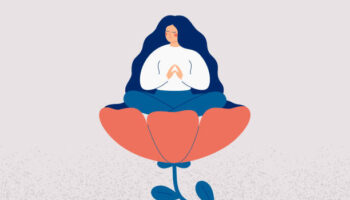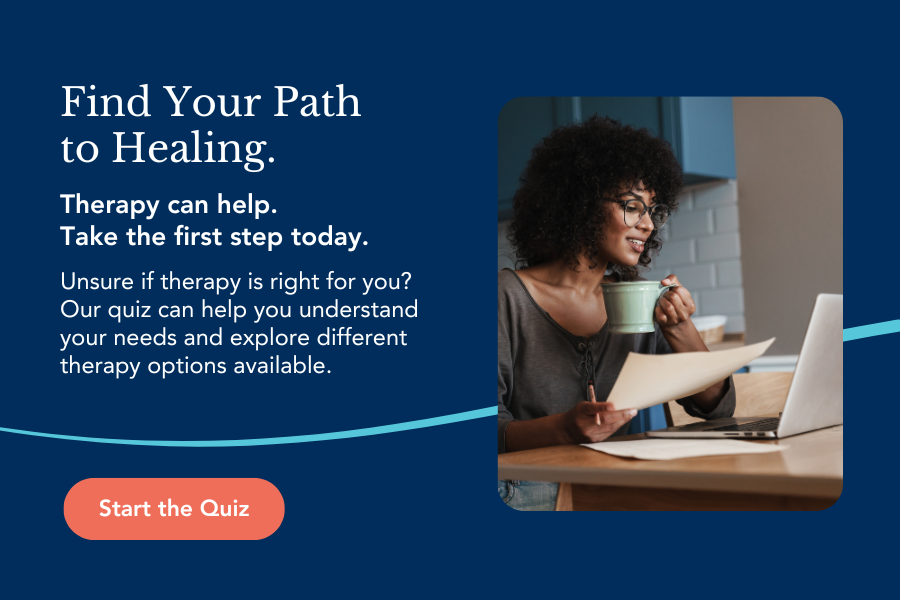How to Stop Catastrophic Thinking
The Nystrom & Associates provider consulted for this article is Dr. Karin Ryan, PsyD, LP, Clinic Director, and Outpatient Therapist.
Ruminating on the worst-case scenario is not uncommon. However, it does not benefit us to continue to contemplate catastrophic thoughts. Doing so can prevent us from taking action and living as we'd like. Dr. Karin Ryan with Nystrom & Associates is here to explain how we can manage catastrophic thinking effectively.
We can all relate to getting stuck in worst-case scenarios or catastrophizing. We can be good at this worst-case thinking; our minds just zip right to it. And then, to make matters worse, we assume that is going to happen or that it is the only option. We can feel stuck and down when we get on this profoundly rutted path.Related: Ways to Move Forward When You Feel Stuck
The Three Paths Skill to Beat Catastrophic Thinking
What is the three paths skill?A skill I call "The Three Paths" is way out of this limited view. It is making (at times forcing) yourself to identify other options for what could happen. It pulls us from only emotional thinking and into thinking about three paths or three options.You already know what one path is, the worst-case scenario. The second path to identify is the best-case scenario. This will not come as easily for many of us; we often have to work to imagine it. Athletes and performers do this, too. They imagine scenarios going exactly how they would like. The third path, again, takes effort to find, is the most likely scenario or likely scenario. “Making yourself identify the three options helps get you out of emotion mind, or all or nothing thinking and proves there are other possibilities,” says Dr. Karin Ryan.
Nystrom & Associates on Catastrophic Thinking
Watch Dr. Karin Ryan on Twin Cities Live as she discusses why we catastrophize and how to manage it with the three paths skill.Examples of The Three Paths Skill
It's helpful to see the three paths in specific scenarios to help put in perspective how to stop catastrophic thinking. Here are three examples of how to incorporate the three paths skill from Dr. Karin Ryan. Work trip:- Worst: It will be awkward the whole time, and I'll hate the activities.
- Best: I'll get along great with everyone, have excellent connections, and have fun the entire time.
- More likely: I'll meet a few friendly people, have an awkward meal, and feel tired but have some fun.
- Worst case: I will not attach to the baby, my body will never be mine again, and my baby will never sleep.
- Best case: I will love motherhood, I am ready for all my sleep needs, and I will do post-natal yoga every day.
- More likely: Being a new parent will be hard, and I will love my baby. My body will need to adjust, but I will return to activities I enjoy.
- Worst case: Everyone will hate my cooking, no one will help clean, my aunt will start an argument, and I will be stressed the whole time.
- Best case: Everyone will praise my cooking and planning; I will be relaxed and in the holiday spirit, and when the night ends, I will be fulfilled.
- More Likely: My cooking will be fine, I will need to ask people to help, and I will enjoy some parts and be stressed at others.







